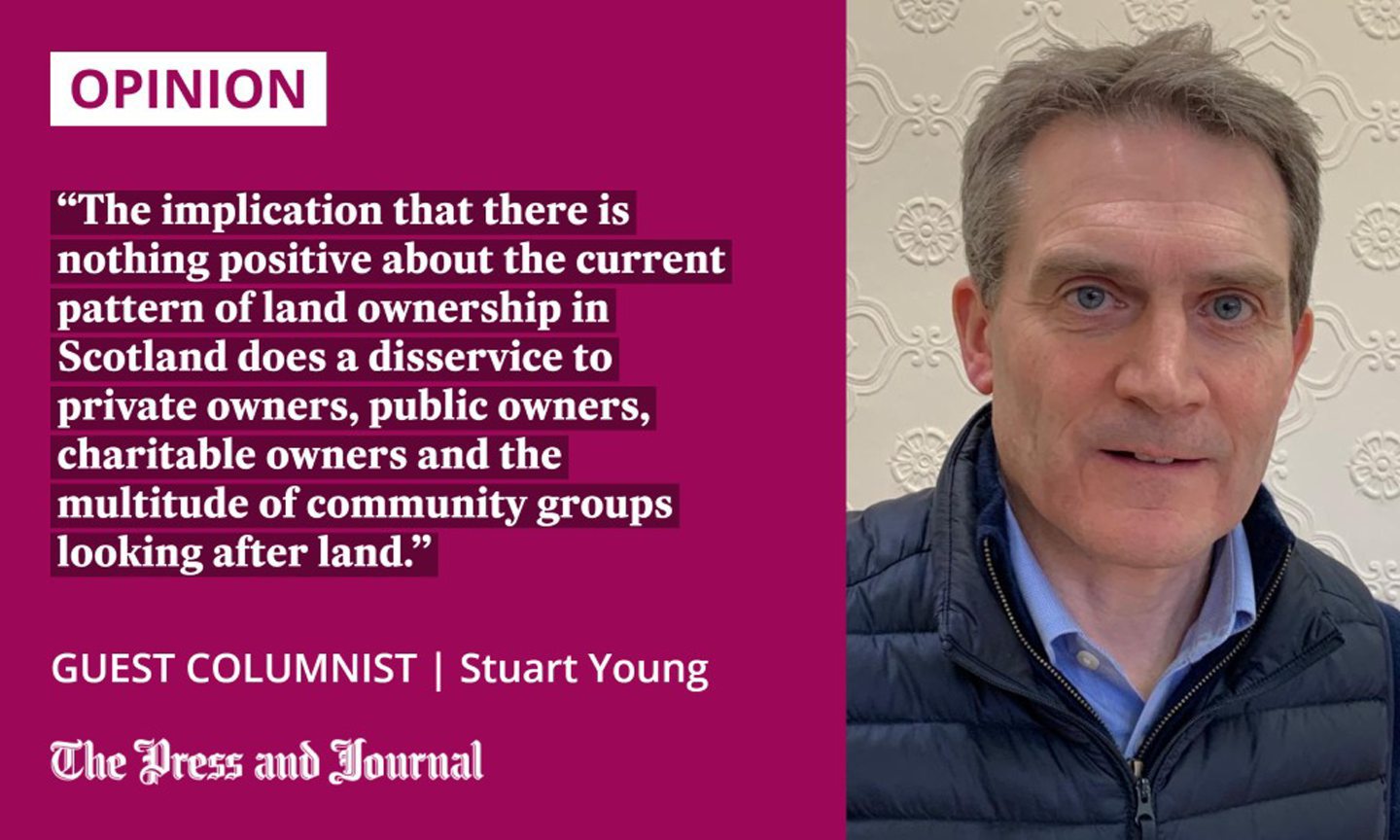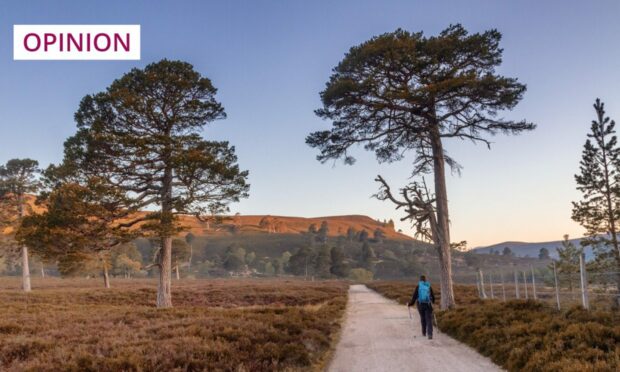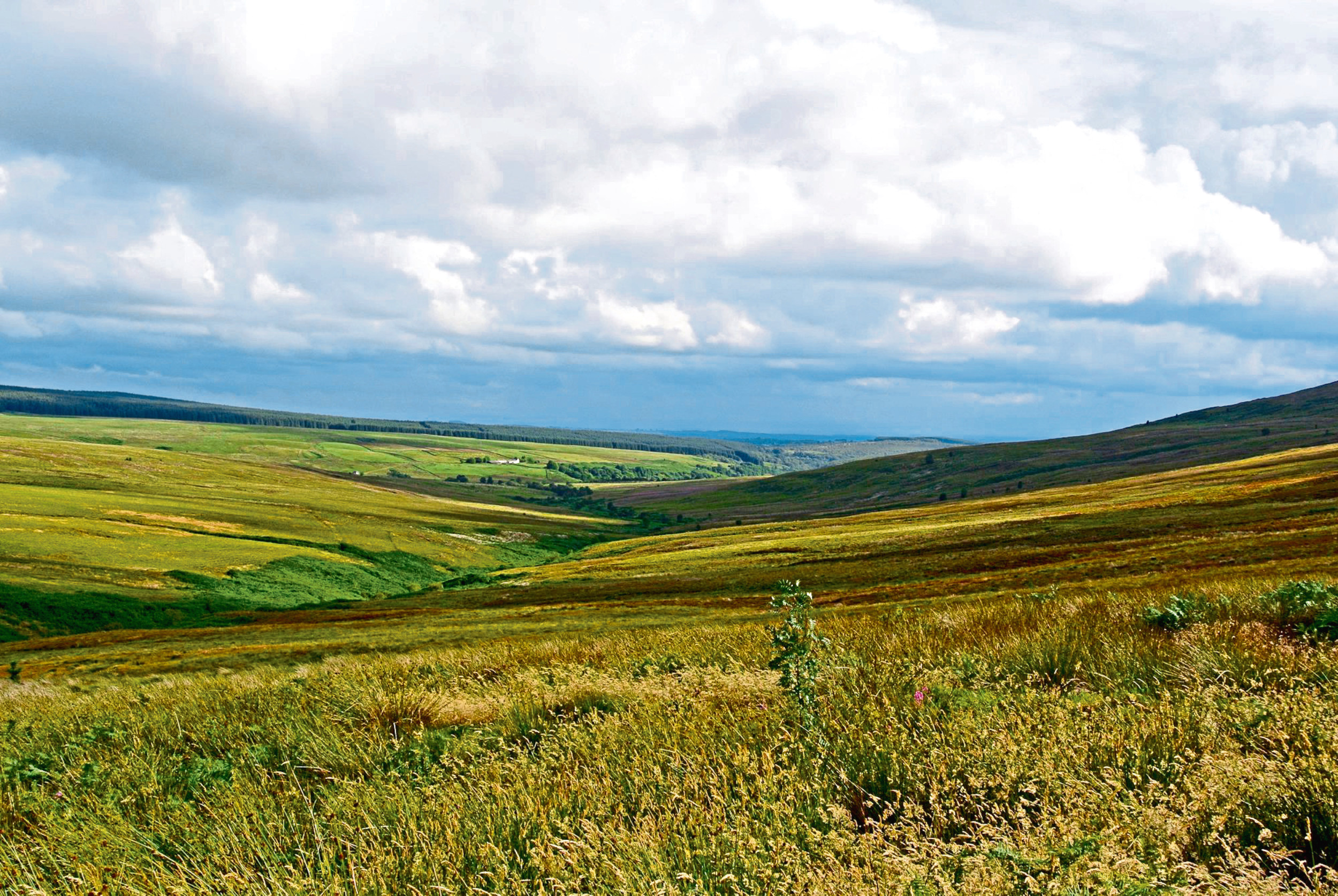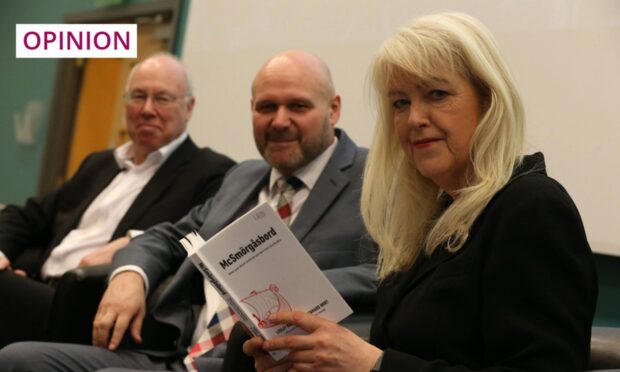Scotland’s land debate has been mired in the past for far too long, writes chief executive of Dunecht Estates, Stuart Young.
“Big is bad” is the narrative repeatedly trotted out about land ownership, but that claim needs to be challenged as Scotland is about to be subjected to yet another bout of land reform legislation.
The Scottish Government has said that its forthcoming land reform bill – the third in 20 years – is a means of tackling the “adverse effects of scale and concentration of landownership”, and plans to introduce a “public interest test” on land sales and transfers involving holdings of more than 3,000 hectares – a move ultimately designed to fragment ownership of land.
Ministers undoubtedly believe that this is a just and popular initiative, even though their own research clearly states that only 17% of people think land reform should be a political priority. That, of course, does not deter activists and campaigners.
In his recent column headlined “Attempt to paint Scotland’s estate owners as the good guys is laughable”, P&J columnist David Ross derides new research undertaken by the respected economic research organisation, Biggar Economics, on the contribution to the Wellbeing Economy by rural estates.

The research was commissioned by Scottish Land & Estates, and was launched at a recent event where Minister for Public Finance, Planning and Community Wealth Tom Arthur welcomed the research and recognised its quality.
It is disappointing that land reform activists seem wilfully blind to the fact that so much has already changed on land ownership, and take a position that hell will freeze over before they accept that things have moved on.
Scotland’s pattern of landownership is changing all the time. According to the Scottish Government, there are nigh on 600 land assets in community ownership, covering nearly 500,000 acres. More than two million acres are in public ownership.
Recently, the Langholm Initiative, a community body in Dumfries and Galloway, acquired 10,000 acres of land and has stated that scaling up its landholding was an essential step towards achieving its objectives.
The implication that there is nothing positive about the current pattern of land ownership in Scotland does a disservice to private owners, public owners, charitable owners and the multitude of community groups looking after land.
There is room for a multiplicity of landowners in Scotland
Scotland’s land debate has been mired in the past for far too long. Of course, there are those who still feel aggrieved by what they see as historical wrongs. But, there is an abundance of evidence to show that modern, large-scale land businesses are making a significant and positive contribution to rural Scotland, and have embraced community right-to-buy initiatives, improved community engagement and access rights, as well as much more.
The Biggar Economics research findings included the following: estates provide homes for 13,000 families and land for 14,500 rural enterprises, and an estimated 1.2 million Scottish residents annually visit estates to enjoy the natural environment.
Nearly 60% of Scotland’s renewable energy generating capacity is found on estate land, which is also important for carbon sequestration potential. Furthermore, estates add an estimated £2.4 billion each year to the Scottish economy, and support approximately 57,300 jobs – around one in 10 rural roles.
As someone who manages an estate business in Aberdeenshire, I know that we are able to invest in projects that benefit our business, our employees and our communities in the area because of the scale of the landholding.
The reality is that there is room for a multiplicity of landowners in Scotland – at present, the largest landowner is the Scottish Government. Whether land is owned by a community, charity, government body or a private owner, the key test is not ownership but whether the space is being put to good use.
Continuing to demonise one form of ownership when the facts clearly point in the other direction is not a very productive way forward.
There have been massive changes in the last 20 years, and reforms such as transparency of ownership and the opportunities now afforded to community bodies to acquire land are well established.
Land in Scotland will play an important part of economic, environmental and social progress in the years to come. The language around this debate needs to progress as well. Big can be good – whoever has their name on the title deeds.
Stuart Young is chief executive of Dunecht Estates












Conversation